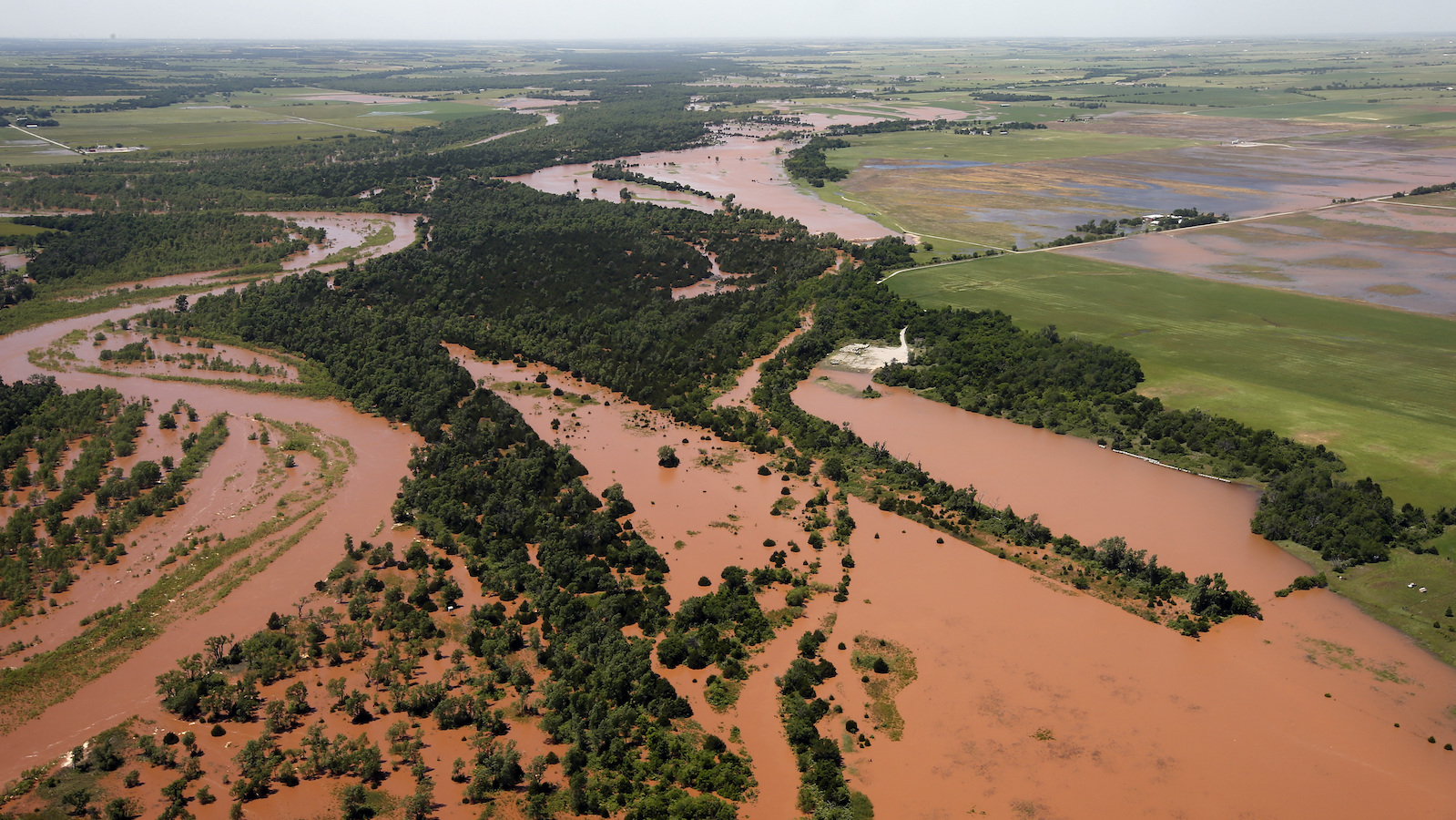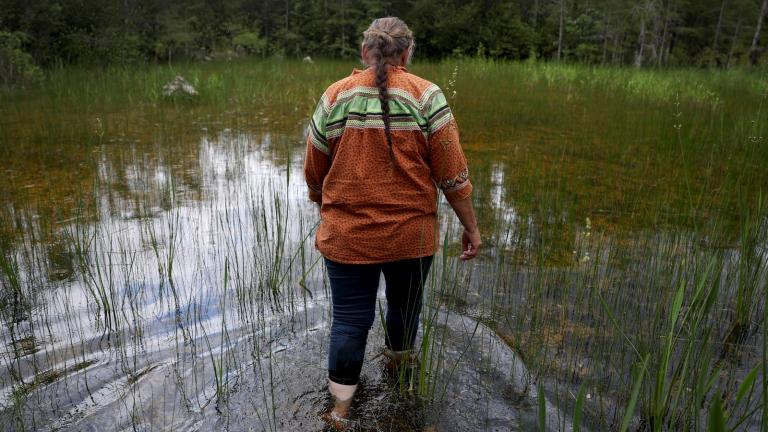In Oklahoma, Indigenous communities are the most likely to be at risk of flooding, with one recent study showing the danger increases by more than five times when compared to surrounding areas.
The reason for the risk: location.
“We get stuck in places where nobody else wants to live,” said Theresa Tsoodle, who is Pawnee from Andarko, a small community in central Oklahoma, and who led the new analysis.
A researcher for the University of Oklahoma, Tsoodle said that the study suggests future flooding can be mitigated by federal and state agencies working with tribes to better understand the ecology of the area.
“We’re on these lands where the soil might be poor, and wetlands — that would help drain surface water — are missing,” she said.
Help might be on the way. The United States Secretary of the Interior Deb Haaland announced last week that a $120 million sum is available to fund tribal efforts to become more resilient to climate-fueled extreme weather, including flooding in places like Oklahoma.
Oklahoma State Climatologist Gary McManus said that while spring is the official flooding season for the area, it is now a problem to worry about all year. Like in many parts of the world, climate change in Oklahoma is creating an atmosphere more prone to severe bouts of precipitation, from snow to sleet to rain.
“With the warming of the atmosphere, we have more evaporation and warmer air, more of that water vapor. It lends itself to more intense weather events,” he said.
Floods cause a lot of damage, like loss of life, property damage, and soil erosion. And other weather events such as wildfires and heat waves can make the ground hard and less absorbent, increasing the risk of flooding. For many tribes, recovering from a flood can take years, if it happens at all.
According to her research, Tsoodle can see the Indigenous population in Oklahoma growing to nearly 600,000 people by the end of the century. But the larger the population, the more vulnerable, she said.
Implementing traditional knowledge from tribes into flood policy could be something as nature-based as ensuring that livestock graze sustainably, to ensure soil quality.
This recent injection of federal funds from the government can help get some of these recommendations off the ground, as many tribal nations might not have the money to implement some of these supports.
But Tsoodle said that’s only half the battle. For tribal knowledge to be integrated into infrastructure and methodology, it has to come from tribal members.
“Funding is some part of it,” she said. “The paradigm shift is not necessarily top-down, but community driven and inclusive.”




